Citation, DOI, disclosures and article data
Citation:
Mudgal P, Sharma R, Iqbal S, et al. Hemorrhagic intracranial tumors. Reference article, Radiopaedia.org (Accessed on 28 Mar 2025) https://doi.org/10.53347/rID-27361
Various types of brain tumors may cause hemorrhage. Increased tumor vascularization with dilated, thin-walled vessels and tumor necrosis are the most important mechanisms of hemorrhage. There are many potential brain tumors which can lead to hemorrhage, thus, the below lists are not exhaustive.
Pathology
Primary tumors
Secondary tumors
Hemorrhagic intracranial metastases are considered to represent between 3-14% of all cerebral metastases (cf. 1-3% of gliomas are hemorrhagic).
These can be recalled with the mnemonic MR CT BB.
ADVERTISEMENT: Supporters see fewer/no ads
Differential diagnosis
A 50-year-old man presents with altered conscious state and is evaluated with a non-contrast CT of the brain. What is the most likely underlying cause of the demonstrated abnormality?
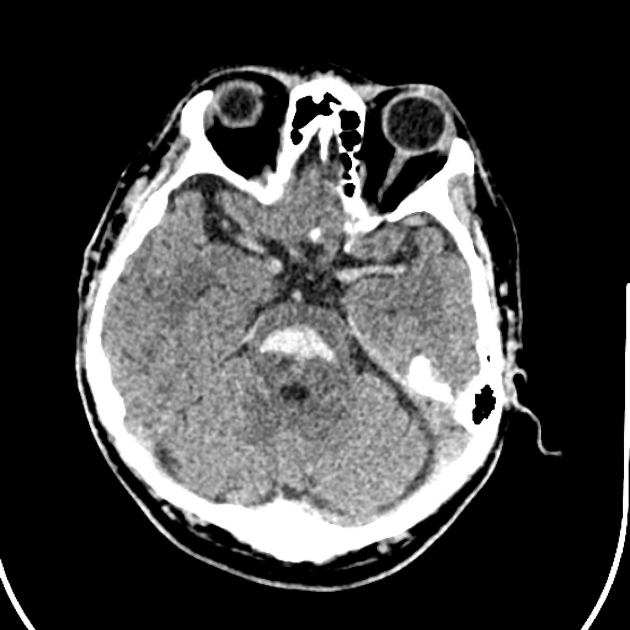
-
1. Lieu AS, Hwang SL, Howng SL et-al. Brain tumors with hemorrhage. J. Formos. Med. Assoc. 1999;98 (5): 365-7. Pubmed citation
-
2. Little JR, Dial B, Bélanger G et-al. Brain hemorrhage from intracranial tumor. Stroke. 1979;10 (3): 283-8. doi:10.1161/01.STR.10.3.283 - Pubmed citation
-
3. Mandybur TI. Intracranial hemorrhage caused by metastatic tumors. Neurology. 1977;27 (7): 650-5. Pubmed citation
-
4. Davis JM, Zimmerman RA, Bilaniuk LT. Metastases to the central nervous system. Radiol. Clin. North Am. 1982;20 (3): 417-35. Pubmed citation
-
5. Weissleder R, Wittenberg J, Harisinghani MMGH et-al. Primer of Diagnostic Imaging. Mosby. (2011) ISBN:0323065384. Read it at Google Books - Find it at Amazon
-
6. Yadav SS, Lawande MA, Patkar DA, Pungavkar SP. Rare case of hemorrhagic brain metastasis from hepatoblastoma. (2012) Journal of Pediatric Neurosciences. 7 (1): 73. doi:10.4103/1817-1745.97634 - Pubmed
-
7. Amit N. D Dwivedi, Prashant K Guptaet al. Hemorrhagic brain metastasis from osteogenic sarcoma of iliac bone in young female: Unusual site of presentation. (2011) Neurology India. 59 (4): 639. doi:10.4103/0028-3886.84361 - Pubmed
-
8. Lieu AS, Hwang SL, Howng SL et-al. Brain tumors with hemorrhage. J. Formos. Med. Assoc. 1999;98 (5): 365-7. Pubmed citation
-
9. Fink KR, Fink JR. Imaging of brain metastases. Surg Neurol Int. 2013;4 (Suppl 4): S209-19. Free text at pubmed - Pubmed citation
Multiple choice questions:
Promoted articles (advertising)



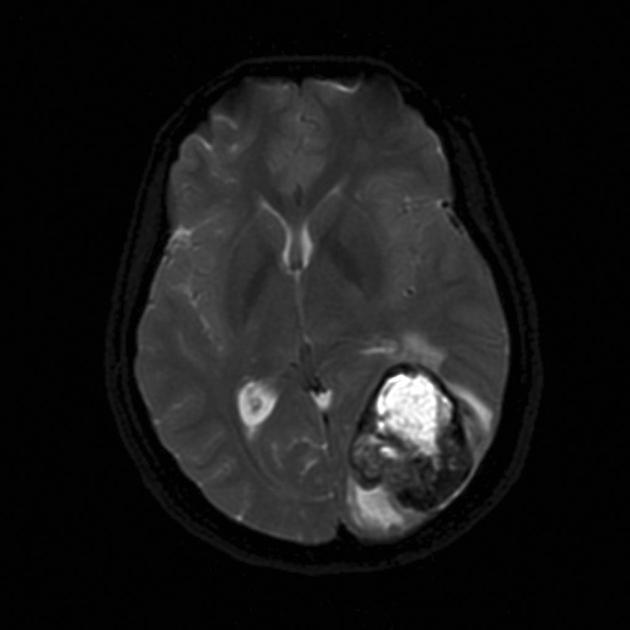
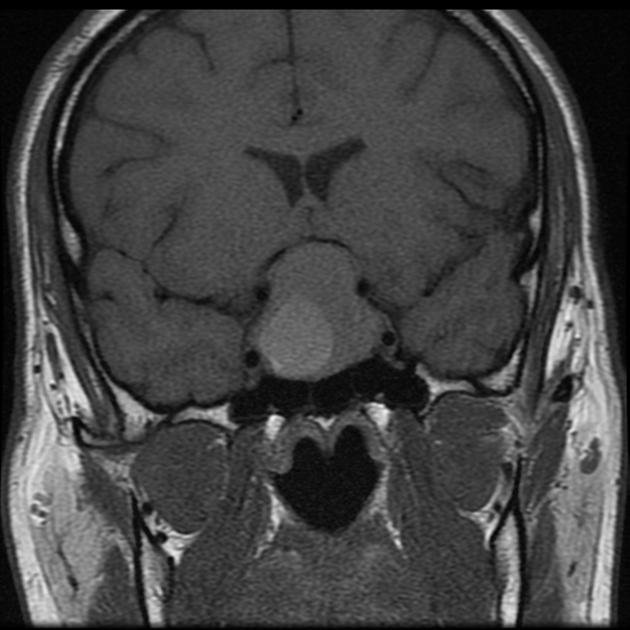
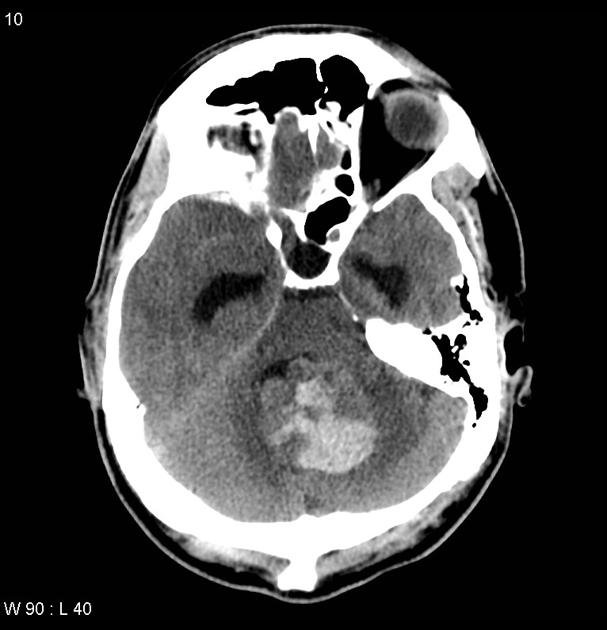
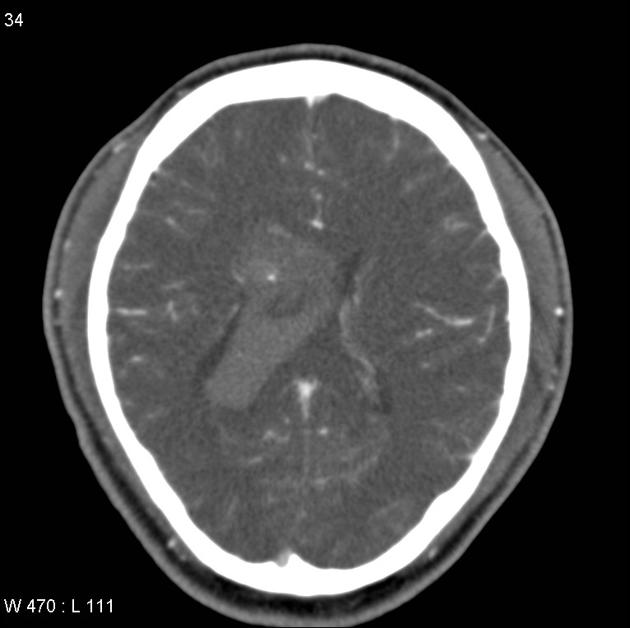


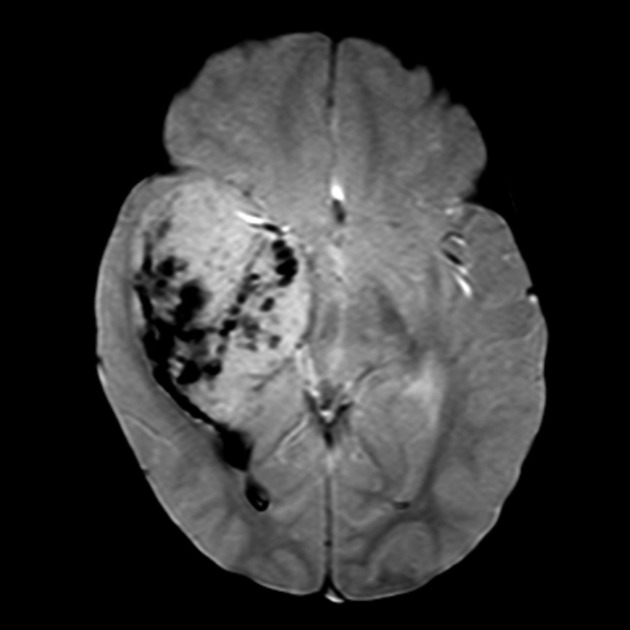
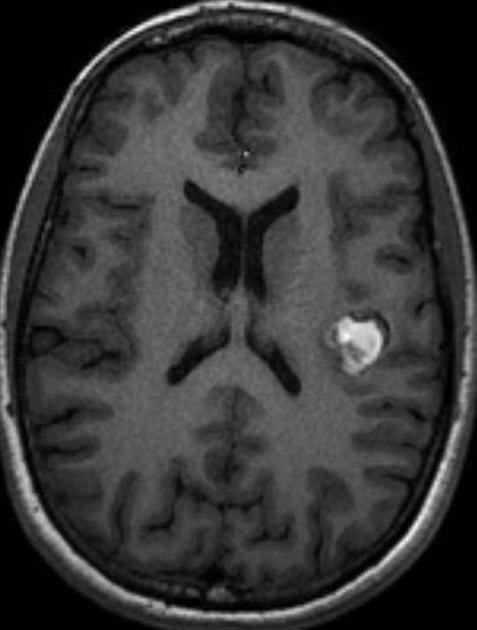

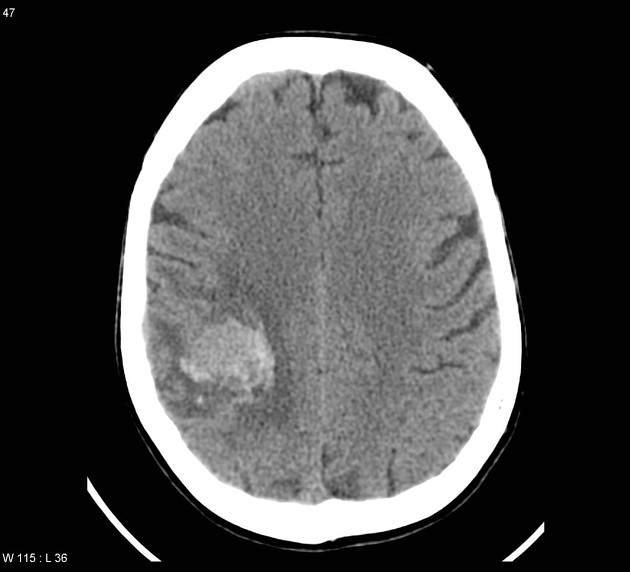


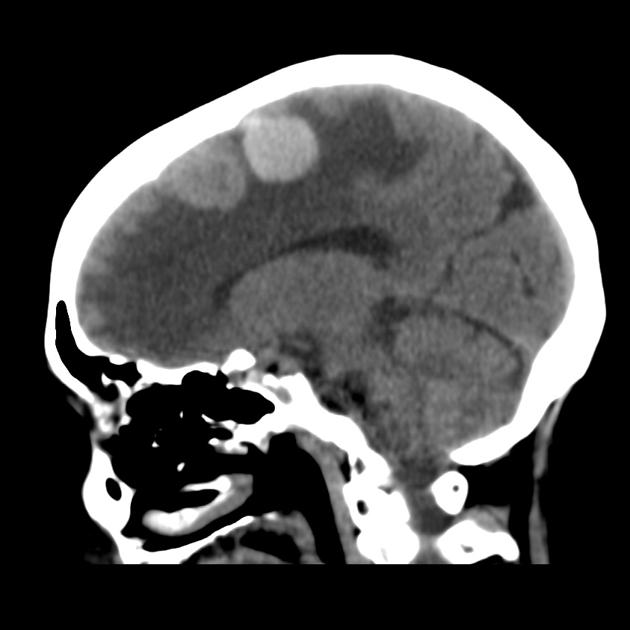
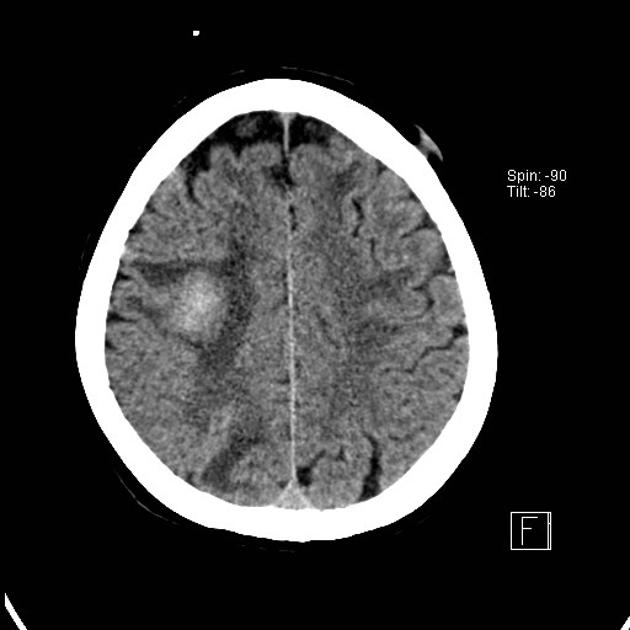


 Unable to process the form. Check for errors and try again.
Unable to process the form. Check for errors and try again.